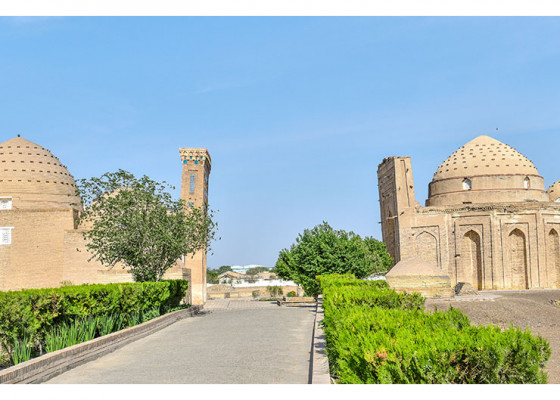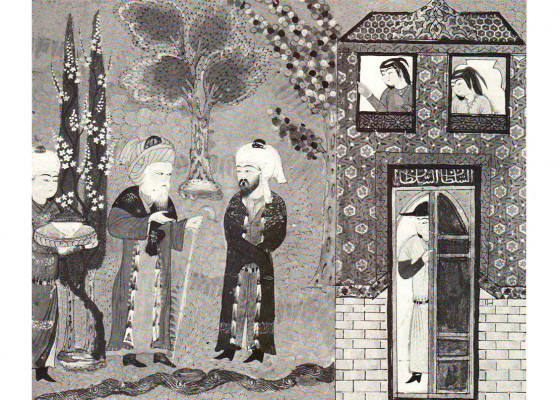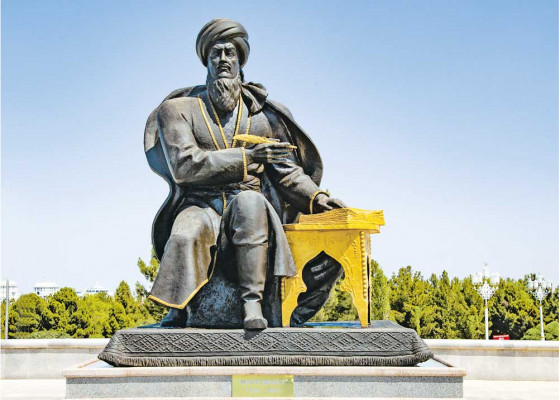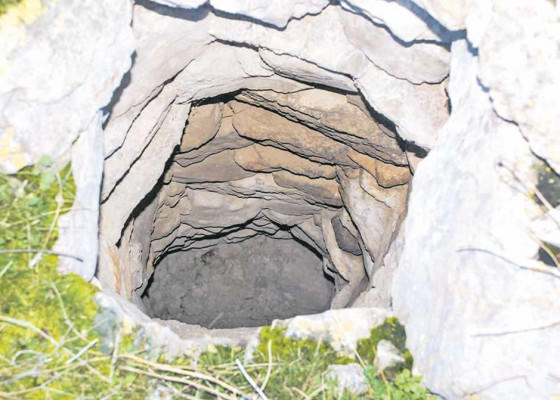HISTORY OF NATIONAL OREO COOKIE DAY
America celebrates its very special day – National Oreo Cookie Day on March 6 every year. They love a good cookie. And good cookies stem from the classics. In fact, one of our absolute favorites is a timeless classic: the Oreo. With crisp chocolate cookies and creamy filling, these little cookies have captured our hearts and our stomachs. The Oreo was first introduced in 1912 and it has been the best-selling cookie in America ever since. We love to dunk them, twist them, and straight up take a bite. Here’’s to the delicious Oreo! The late Sam J. Porcello, a former Nabisco food scientist, is known for his work in terms of the modern Oreo cookie, which has been a creamy favorite snack for decades. This cookie creation is without a doubt one of his most notable achievements in his 34 years at Nabisco. And frankly, we believe that life has been sweeter ever since, since we at National Today just cannot get enough! The Oreo cookie is nearly 108 years old, and is enjoyed by cookie lovers of all ages across the globe.















